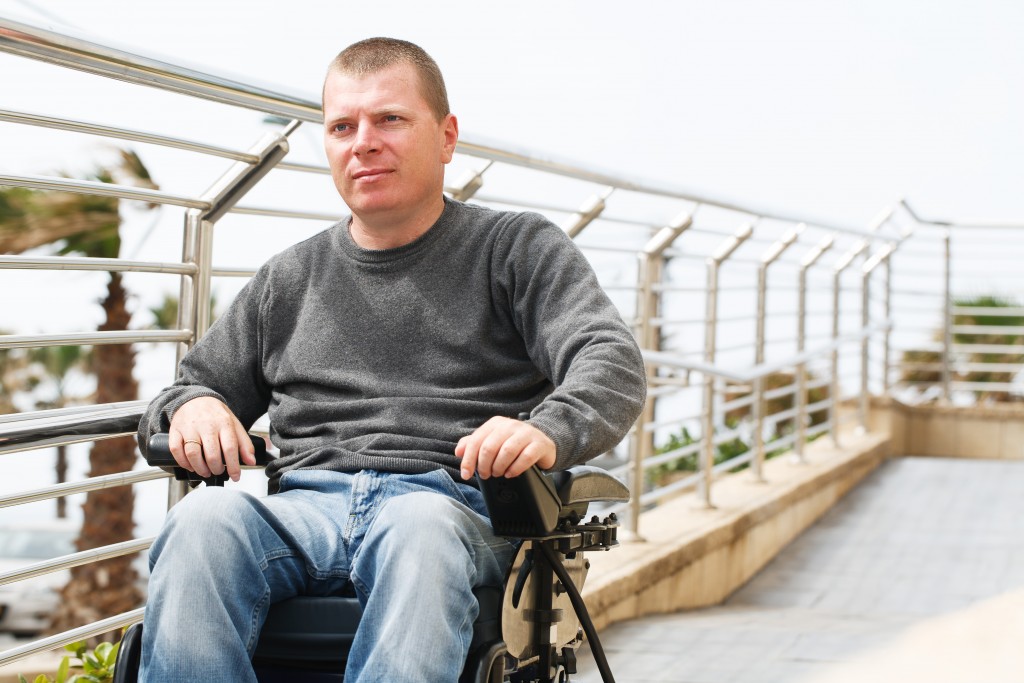When we are young children, we play and exercise, we are exuberant, exhibit boundless energy, and are constantly on the move. In fact, from the moment we are born, we are moving, and this movement stays with us throughout our lifetime.
So much of our existence is predicated on mobility. As human beings, we are constantly moving in one form or another, and this mobility is essential for our physical and mental well-being. Even people with severe physical handicaps are subject to movement. Everybody moves in one form or another.
Mobility is integral to our independence, to our freedom, to our mental well-being, and in some ways, it is proof of existence. But in one of life’s bitter ironies, our need for mobility is inversely proportional to our ability to create it. For example, the older we get, the more our need for mobility increases, and the more our capacity to create it decreases.
Mobility and seniors

For many of the elderly, remaining upright is a problem. Many are vertically challenged. Statistics reveal the problem: It is estimated that there are 646,000 falls each year. Furthermore, it is estimated that every 11 seconds, an elderly person receives emergency room treatment for an accidental fall, and sometimes they even die because of it.
The dangers associated with elderly mobility are not just a problem for the elderly but also society. For example, it is estimated that in 2015 the medical costs associated with falls surpassed $50 billion and approximately 68% of these falls involved people aged 65 and over.
Mobility issues
For the elderly, the simple act of walking can become an activity fraught with danger. This is especially the case within the home. Statistics show that approximately 70 percent of falls among the elderly happen in the home. In other words, the area where the elderly feel the safest is the area of most risk.
Fortunately, when it comes to the home environment, several measures can be taken which increase an older person’s mobility while decreasing the risk of suffering an accident.
The first measure is to identify the risk factors in the home environment. These include slippery floor surfaces, rugs that may slide, general clutter that can be tripped over, and broken or uneven steps.
Mobility in the home

Once the risk factors have been identified, possible solutions should then be examined. For the slippery floor, the best solution is to install non-slip matting. Another solution that can be implemented is to install grab bars. Grab bars combined with non-slip matting increase stability, prevent slipping, and significantly reduce the risk of falling and injuries resulting from falls.
Steps and stairwells can present a big obstacle to an elderly person’s mobility. According to the American Medical Journal, in 2017, more than one million Americans were injured negotiating stairs. There is a need to increase an elderly person’s mobility while minimizing the risk that steps and stairwells represent. Several solutions can be applied. These include marking steps with bright signage signifying the presence of a step, putting sturdy railings on both sides of the stairs, and better yet, installing a residential vertical stairlift.
For people who are confined to a wheelchair, steps and stairwells are a major obstacle to their mobility, particularly if they are elderly. In a household where stairwells have to be negotiated by a person in a wheelchair, the only solution is a wheelchair lift that will transport both the person and the wheelchair safely up and down the stairs.
Other very simple solutions that can be implemented include throwing out things that slide and things that can be tripped over, organizing the living environment to minimize clutter, and last but not least, installing bright lights.
Dealing with mobility issues
There are many products designed to help the elderly with their mobility issues. These include walking canes, two-wheel walkers, straight and curved stairlifts, activator poles, and knee walkers. Though these are mainly for individuals, many states and countries are also making mobility a priority, mainly through structures in public spaces such as ramps, lifts and elevators that could accommodate those with walkers and wheelchairs. But there is still a lot to go, and many countries still need to recognize how they could help their seniors and the physically-challenged.
Through advances in medical science, human beings have extended their longevity, which has created a wide range of problems, especially in relation to mobility for the elderly. However, just as medical science has created this issue, it has also provided some solutions. As a result, it is now possible for elderly people to safely stay mobile, enjoy their golden years, and as popular culture would say, “Live long and prosper”.

